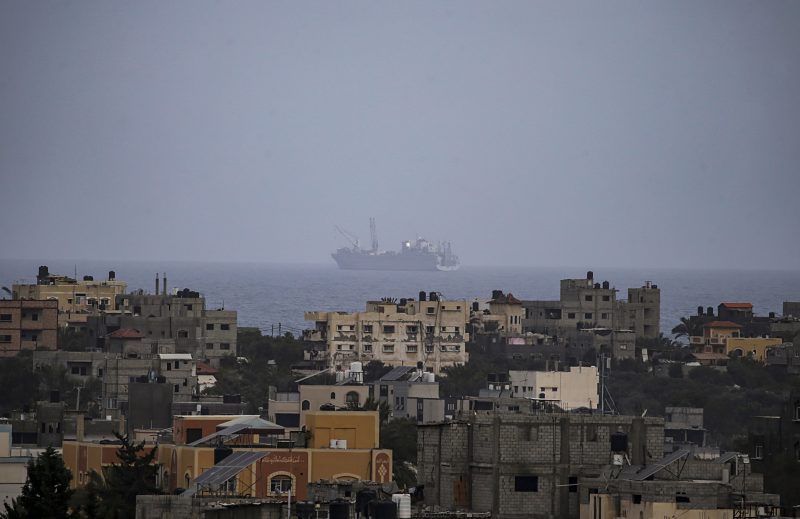Despite assertions from the Pentagon that the Gaza aid pier is firmly secured, the United Nations has expressed concerns regarding the distribution of aid. The humanitarian situation in the Gaza Strip continually escalates, drawing attention from various global bodies. Amidst these troubling times, the role of reliable infrastructure, such as the Gaza aid pier, remains integral in the transportation and distribution of aid.
The United States Department of Defense, also known as the Pentagon, has often maintained that the pier is anchored and functioning optimally. This was recently affirmed by Lieutenant Junior Grade Sarah Flaherty, a spokesperson for the U.S. Fifth Fleet. The Pentagon’s insistence on the pier’s readiness aims to assure the international community of its commitment to adequately address the ongoing humanitarian crisis.
However, doubts have been cast over the Pentagon’s statement regarding the Gaza pier’s readiness, most notably by the United Nations. The observatory body expressed concerns about the distribution capabilities of the pier, citing that the logistical aspect should be further scrutinised. The UN posits that just having a physical structure in place is not enough; the functionality and effectiveness in terms of supporting relief efforts are equally important.
A major challenge is the continuing border restrictions imposed by the Israeli Government around the Gaza strip. These restrictions heavily impact the ability to transport and distribute aid efficiently to those in need. The UN’s concerns are therefore focused primarily on these contextual factors hindering the operation, rather than the structural stability of the pier mentioned by Pentagon officials.
Adding to the UN’s worries is the insufficient manpower for managing aid. An optimal number of personnel is crucial in aiding the smooth transit of goods from the pier into Gaza. The existing aid workers and volunteers are stretched thin, further contributing to the slow distribution of aid.
Under these circumstances, the UN insists on adopting a comprehensive approach to facilitating aid distribution. It contenders that consideration should be given not only to infrastructure but also to addressing political and social barriers. Failure to do so will continue to limit the distribution of much-needed resources, thereby exacerbating the humanitarian crisis.
In essence, while physically securing the Gaza aid pier is important, it is merely one piece of the puzzle. Addressing other aspects, including territorial restrictions, manpower shortages, and political barriers, is equally crucial to ensure aid can reach those who need it most in the complex environment of the Gaza strip. In the face of these concerns raised by the U.N, the Pentagon’s affirmation of the pier’s readiness might need further substantiation.
